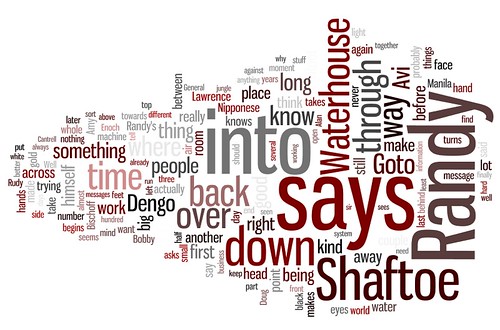After being tagged by Amanda, and looking back at the Michael Stephens post that tagged her, I decided to take her up on it. The meme:
Post a picture from a source like FlickrCC or Flickr Creative Commons or make/take your own that captures what YOU are most passionate about for kids to learn about and give your picture a short title.
It was terrifically hard to come up with any one thing that I am passionate for kids to learn about, simply because there are so many AND because both Michael and Amanda hit solid homeruns with theirs. But here’s my attempt (and here’s a link to the original photo).

Connections are Everything. This isn’t just personal connections, although as you go through school, read online, join groups and such, the personal connections you make are central to your success in life. My connectivity to individuals in libraries around the world have made me better at what I do and enabled me to build a rich understanding of practices different than just those I am surrounded with on a day-to-day basis. Maintaining these connections are incredibly important, and the social capital gained from them (both bridging and bonding) is a key to being successful in the modern age.
Read another way, connections are everything in the very technical sense that understanding and interacting with modern information technology can be seen as the management of connections. How do you connect two disparate pieces of IT these days? An API, RSS, JSON, or some other standard. TCP/IP is the connection that runs the world. Building better technological connections make for richer and deeper options for our users, in ways that we may not entirely predict or understand.
If you focus on maintaining and understanding connections, you’ll be a better librarian.
EDIT: The lovely Jenica and Dorothea chime in as well with their take. These are all amazing, and if I taught at a Library School I would seriously think about designing a syllabus around them.

